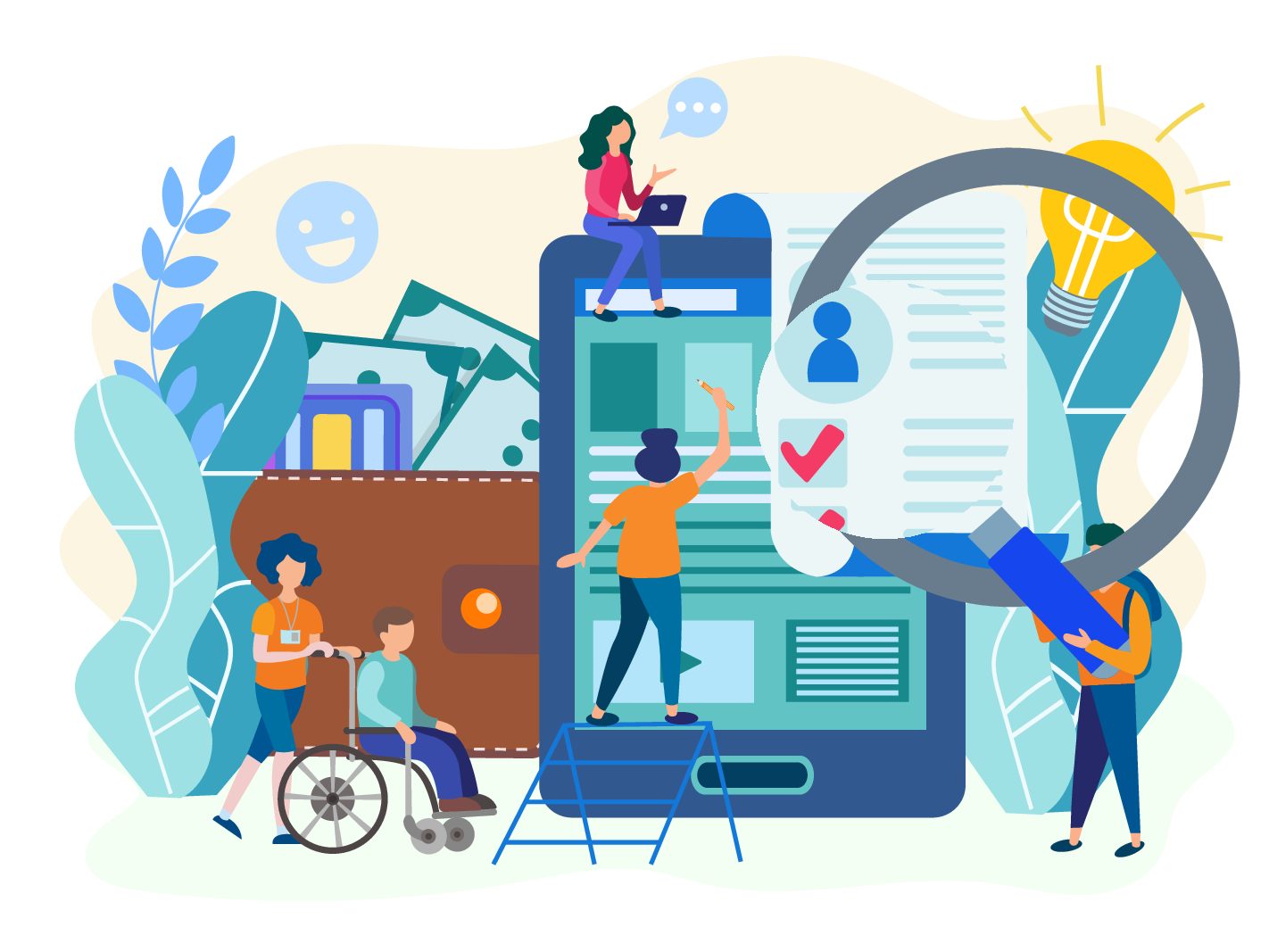By Jennifer Bard
One of the most persistently frustrating aspects of the Americans with Disabilities Act (ADA), as currently applied to schools and workplaces, is its emphasis on the eligibility of qualifying individuals for accommodation, rather than on population-based removal of barriers to participation.
This individualized approach has always been an uncomfortable fit, given the reality of changes in physical function throughout the lifespan, and is a particularly unsatisfying model for the collective threat of COVID-19, a novel virus that has not only caused at least a million deaths in the United States, but is likely to trigger a variety of disabling sequelae in many (perhaps most) of those who recover.
So far, however, there is mounting evidence that individuals who seek to protect themselves from infection with COVID-19 in school or in the workplace (very much including those who work in schools) are going to have to do based on their individual susceptibility to contracting COVID-19 or to being disproportionately affected by an infection.

